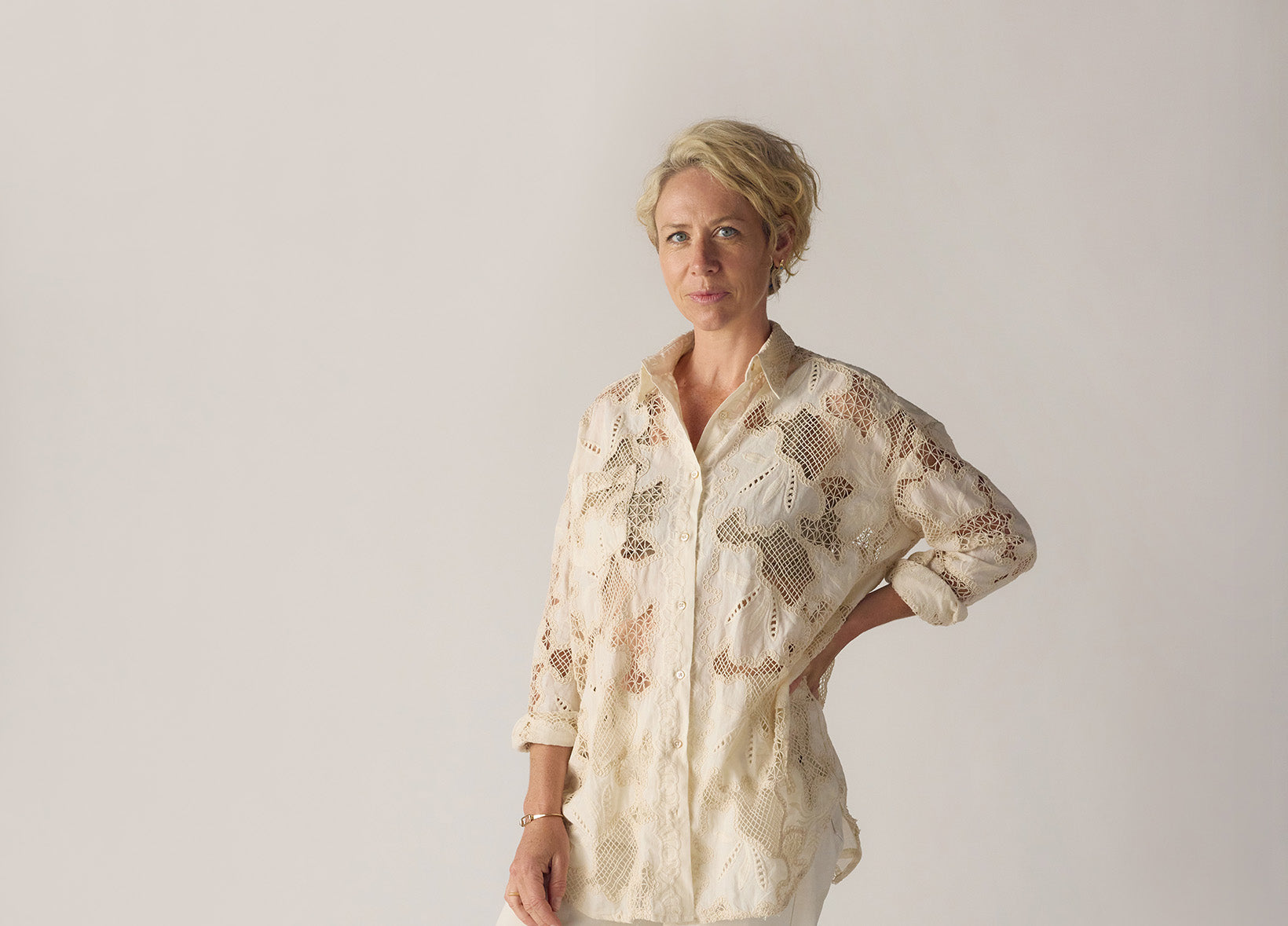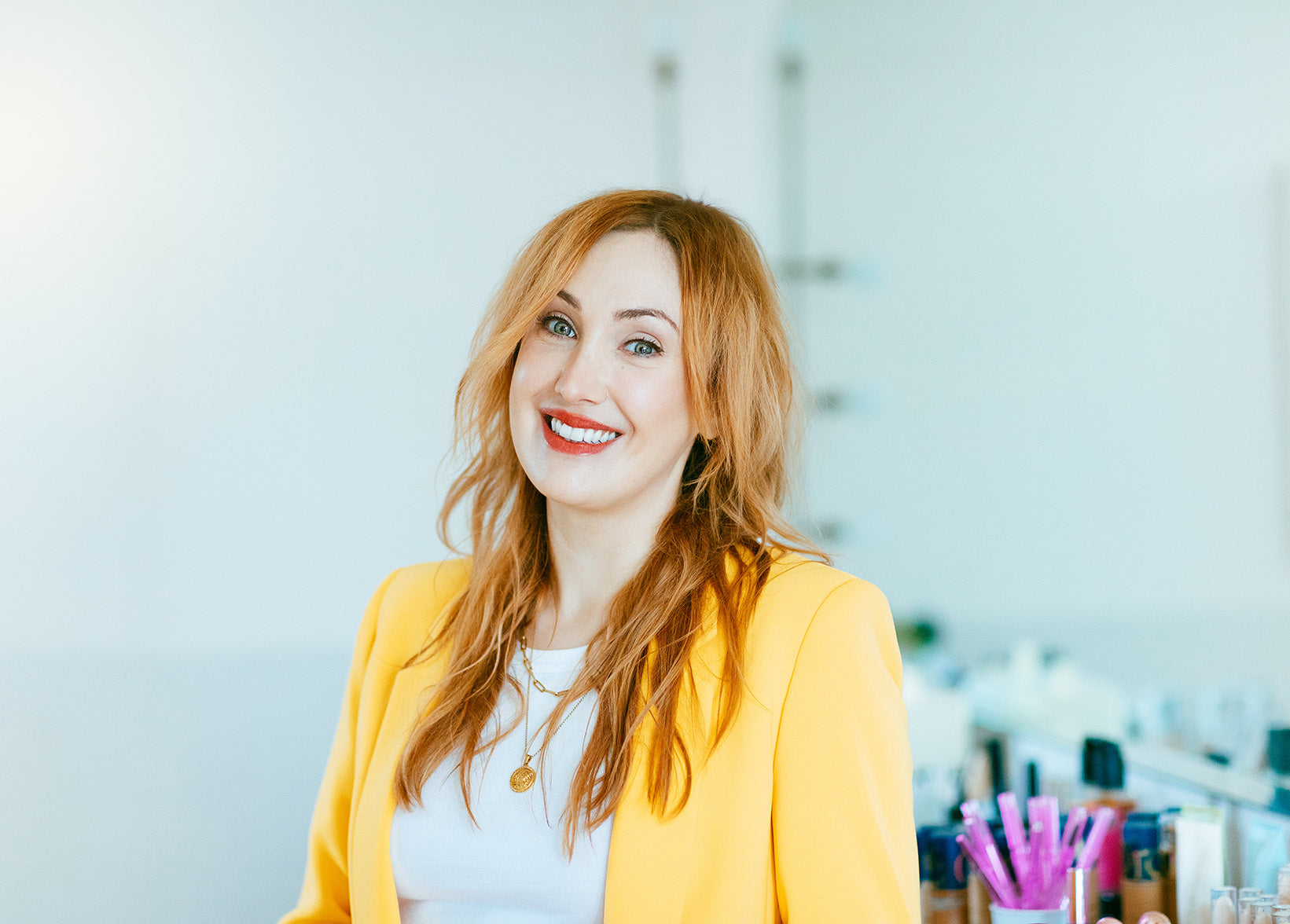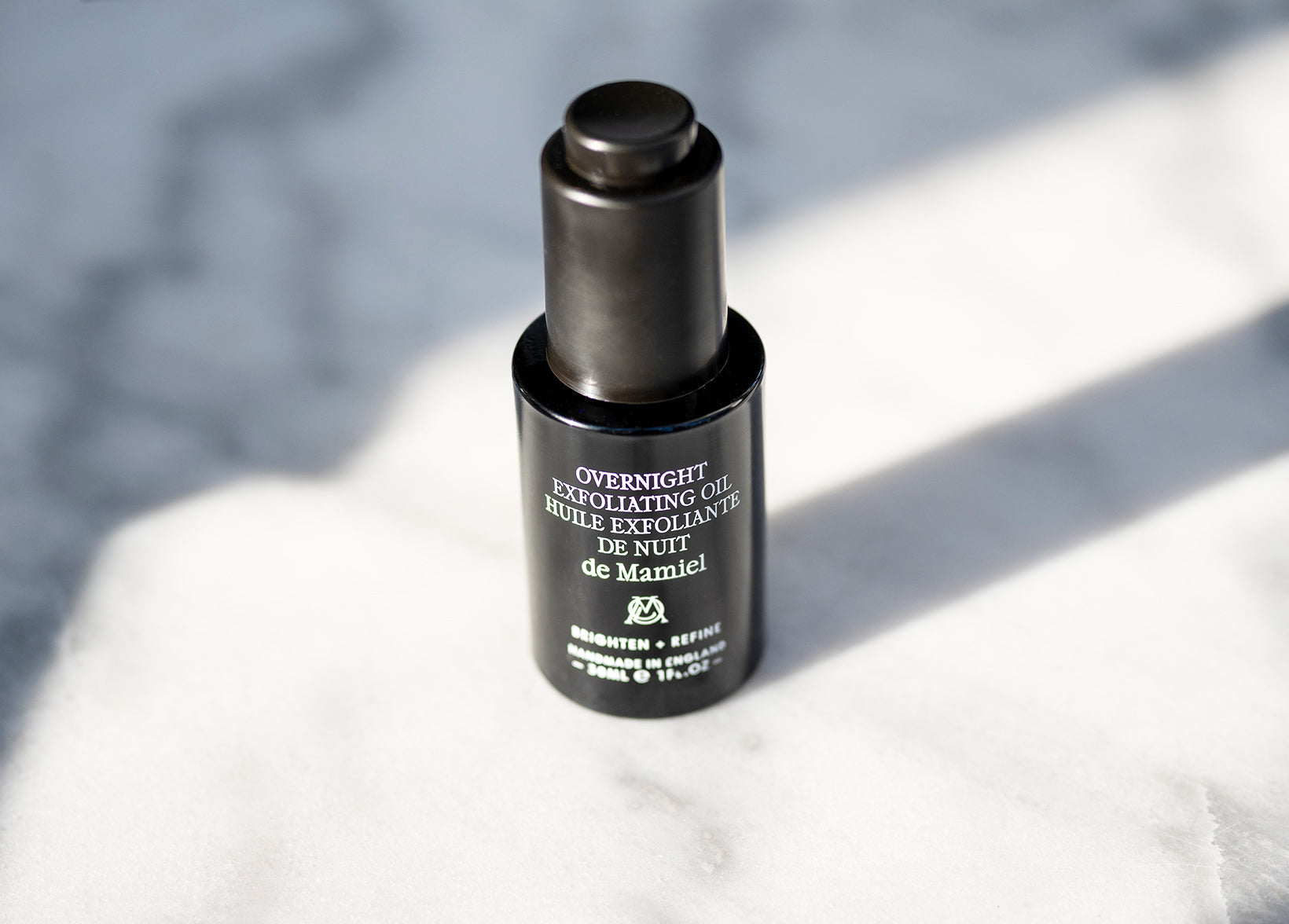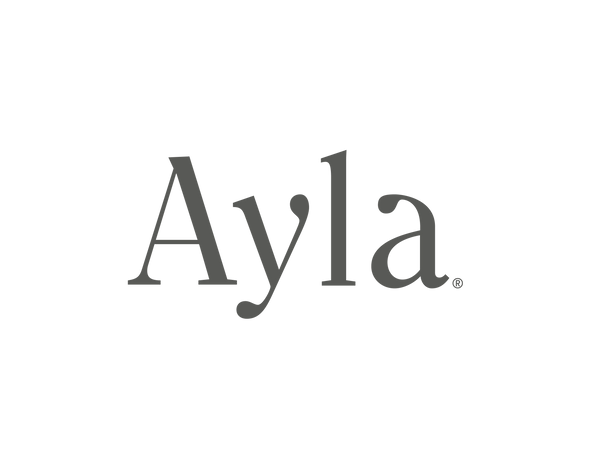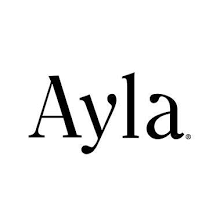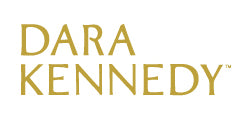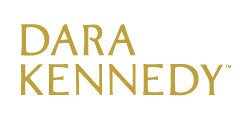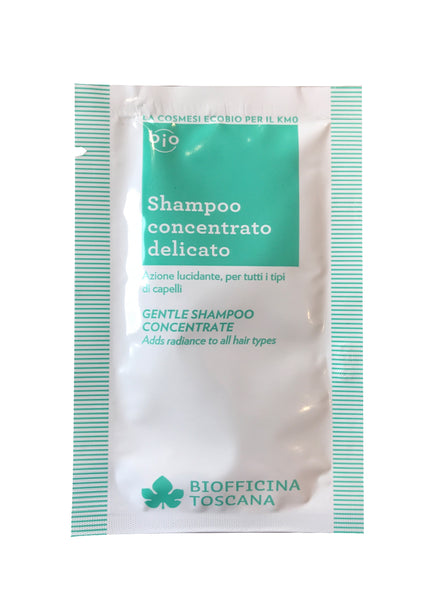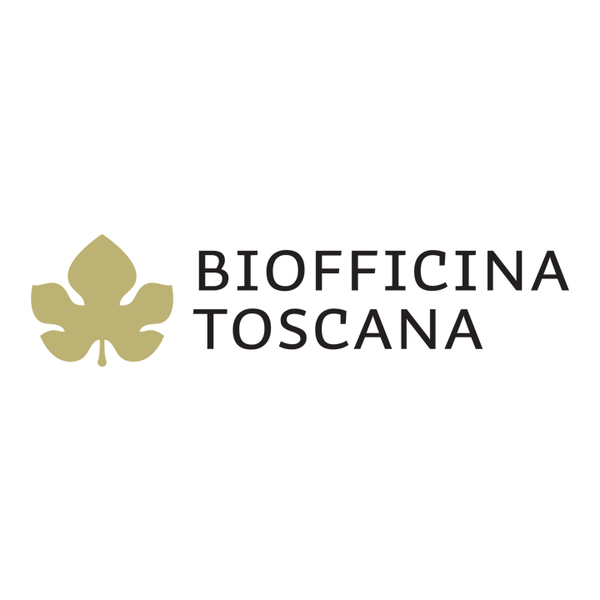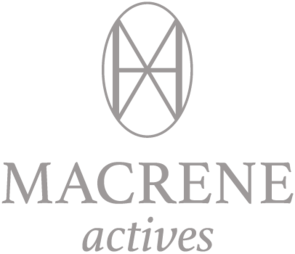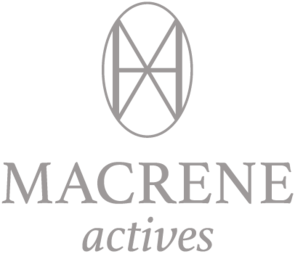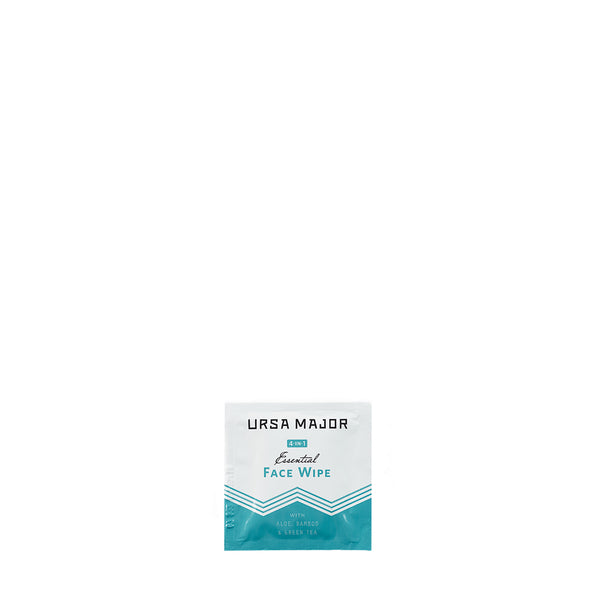Recent Articles
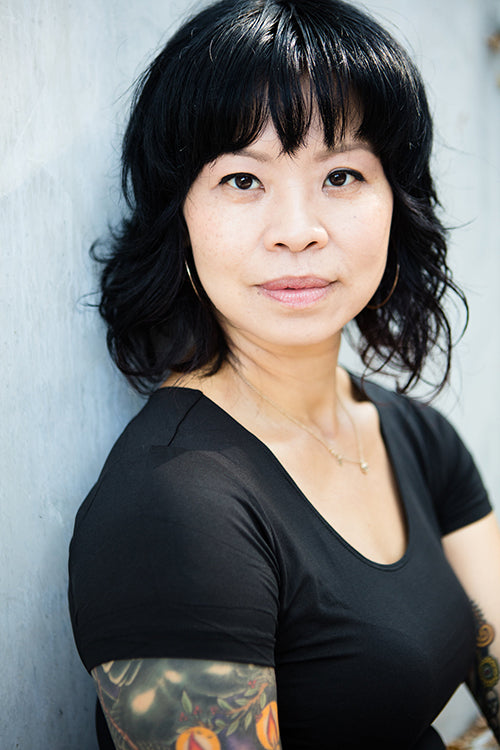
Traditional Chinese Medicine (TCM) is one of the oldest forms of medicine; it’s been practiced for over 5,000 years. Even more awe-inspiring, to us, is the fact that it is not only still widely practiced, but also increasingly used to complement Western medicine — it’s even covered by Medicare in certain cases.
Herbs are another key component of the TCM toolkit; made-to-measure herbal blends are commonly used by TCM practitioners to achieve balance and health in the body on a deep, holistic level.
Just imagine, then, what these herbs could potentially do for your skin. We interviewed Dr. Anna Hsieh Gold, one of the Bay Area’s most sought after practitioners of TCM and the creator of Dr. Anna Gold herbal tinctures, to learn more about TCM and how its powers can be harnessed to address specific skin conditions.
***
Ayla: Dr. Gold, please give us a little Traditional Chinese Medicine 101.
Anna: At its base, TCM is a system based on microcosms. Everything is part of a relationship: each thing found in nature relates to another. And everything contains components of other things.
And so our bodies are microcosms of the world. There are elements in our bodies that are the exact replicas of elements in the outside world, and through establishing balance in these elements — hot/cold, dry/wet — we find balance in ourselves.
For example, in TCM, we think a lot about the five elements: wood, fire, earth, water, and metal. These elements make up a pentagram, where each element generates the next one. The idea is to keep these all in balance.
The elements generate each other in a particular sequence and interact with each other through relationships. This concept applies to the physiology, pathogenesis, and thus the diagnosis and treatment of our health. Since we are microcosms of Nature, when elements are out of balance and Yin-Yang harmony is upset, sickness ensues.
For example, Earth (Spleen) generates Metal (Lung). If the Spleen/Stomach and its digestive function are impaired, its function to transform food to energy is compromised and the pathological substance associated with this element, dampness, appears. Damp settles into the next element in the sequence, Metal, and thus becomes Phlegm in the Lungs.
Chinese herbal formulas are created re-establish the proper balance of elements and organs. Each herb has an associated temperature and taste, and specific organs that it affects. So depending on the presentation of the illness, herbs are prescribed to tonify, drain, cool, or warm the systems involved in order to restore balance.
Ayla: It sounds like it could get quite complicated — but with your herbal tinctures, your objective is to make TCM more approachable.
Anna: I consider it to be my duty to introduce the world of TCM in a way that isn’t filled with mystery. When I grew up, I thought of TCM like walking into a deep, dark alley in Chinatown. As a child, I got acupuncture treatments all the time, but I was scared of the big needles and back-alley doctors. Once I went to college, I was running away from that way of life — until I got an injury during my yoga practice and found that acupuncture was what truly helped the resulting migraines. I saw the potency of it firsthand and came back to it, and that’s what made me pursue a doctorate in TCM.
In my life now, I find myself comfortably halfway between Chinese & American cultures. We’re all trying to get back to natural medicines in general, and TCM is a great example of natural medicine, but I want to find ways to make it more broadly accessible. So while my tinctures are based in Chinese medicine, they also contain Ayurvedic and naturopathic herbs that have strong research behind them. They’re a reflection of who I am and what I do.
Ayla: We were immediately drawn to your herbal blends because you developed them through your work with one of our favorite people, Kristina Holey.
Anna: Kristina and I met through one of my clients. Kristina loves Chinese medicine, so we started talking about our philosophies and the way we care for our clients and found that they were very similar.
I’ve worked with a lot of estheticians, but she’s the only person I’ve ever worked with who has a very similar approach in looking at a person holistically; in addition to looking at the skin itself, she looks at things like diet, lifestyle, stress, and sleep to get to the root of issues, which is what I like to do, too. And then what clicked for us is that I was also really well versed in the diagnostics of the Western world. She liked the fact that I order lab tests and really look into what’s going on in a person’s body from a variety of perspectives.
We both live in the East Bay and became fast friends, so when I got the space for my clinic in Berkeley, we started sharing it. And now we can co-treat people under one roof. We work together well: I work on internal balance, she works on the skin, and we can talk about which tests to order and what patterns we notice.
Ayla: What prompted you to develop these specific formulas?
Because Kristina and I have so many people in common, we see a lot of patterns; these tinctures were the ones I found myself making over and over for the clients that we work on together, but in powder form. I created them in liquid form because they’re easier to use — and I find there’s better compliance, too, so my patients see better results.
And then I included plants beyond the world of Chinese medicine that complemented the more traditional herbs, because that’s how I treat myself; in addition to Chinese herbs, for example, I also take things like chlorophyll and fish oils. This also makes the tinctures work more broadly, for more people.
Ayla: Tell us more about that — how you’re able to make what is usually a very individualized regimen apply to more people.
For the most part, in general, I need to see people in person to treat them; traditionally, Chinese medicine is individualized. The TCM doctor prescribes an herbal remedy for a patient by observing and asking questions, taking his/her pulse and looking at the tongue to arrive at a diagnosis. Oftentimes, the prescribed formula is one that has been around for a long time and fits the pattern of the disharmony.
Although it can be said that Traditional Chinese Medicine should be tailored to each individual, the formulations of the tinctures have been successfully prescribed to the majority of patients with these patterns. I wanted to make products that would allow the wisdom of these plant medicines to spread to a larger audience.
So a lot of it is about creating a blend of synergistic ingredients that fit the particular pattern. The efficacy of TCM formulas is not so much about the individual herbs with their “active ingredients” that biomedicine is so keen to discover, but rather the synergy of the combined herbs and their actions to balance the disharmony that is presented — like a lock and a key.
Ayla: So let’s break it down! Give us a quick description of what each tincture is intended to do.
Anna: The first four tinctures I’ve developed are called Balance, Clear, Dispel, and Elevate.
DISPEL is for itchy, inflamed, red, irritated skin: conditions like dermatitis, psoriasis, eczema, and anything with superficial roughness, dryness, or flakiness.
ELEVATE is typically used for older skin that’s dry and has lost elasticity. It’s wonderful for menopausal skin and I also like it for postpartum skin. Really good for brain fog, too.
CLEAR is for acne prone skin. I developed it for cystic acne, but it can work on any hot, superficial breakouts. It’s also great for hormonal breakouts when used with BALANCE.
BALANCE is based on a really old Chinese formula that balances mood and harmonizes the nervous system, so it can be used along with any of the other three tinctures. It addresses stress, adrenal fatigue, irritability, anger, overwhelm, and that general wound-tight feeling that’s so common and often results in stomach and appetite issues.
Ayla: How do you take them, and what can you expect to notice?
Anna: Start by taking one dropper full, three times per day. Work up to three droppers full, three times per day, if it helps. Do that until your symptoms resolve. When you start feeling better, you forget to take it.
Because the tinctures use concentrated herbs and their delivery is through a base that includes alcohol, it gets into your bloodstream quickly. Most people taking Balance, for instance, notice that they’re feeling better in about an hour.
For someone with a full-blown condition like eczema, it might take a few months. But if you generally have it under control and just have a flare-up, it might take only 2-3 doses.
Ayla: We’ve seen photos of some of your patients who have taken the tinctures, and the results are incredible.
Anna: I love herbs. They’ve helped me so much in my life, and I’ve seen them work well in so many instances where Western medicine has failed to fully address the issue on its own. My mission is to spread their magic!
About Anna: a Doctor of Acupuncture and Chinese Medicine, Licensed Acupuncturist, and Fellow of the American Board of Oriental Reproductive Medicine — with additional advanced degrees (in Traditional Oriental Medicine and Constitutional Facial Acupuncture), years of practice, and thousands of happy clients — Anna Gold is one of the most sought-after acupuncturists in the Bay Area, known not only for her skill in treating challenges ranging from infertility to asthma, but also for her partnership in treating skin conditions with Kristina Holey. Prior to her career in Traditional Chinese Medicine, Anna was an instructor at Jivamukti Yoga in New York. And before studying yoga, Anna graduated with a Bachelor's degree in Comparative Literature from Berkeley, where she also completed all the prerequisites for medical school.
Any topic discussed in this article is not intended as medical advice. If you have a medical concern, please check with your doctor.

